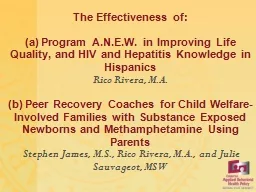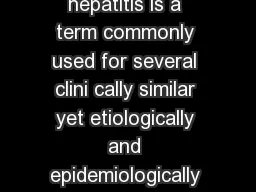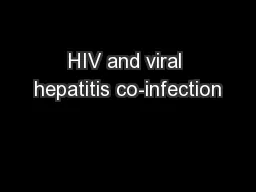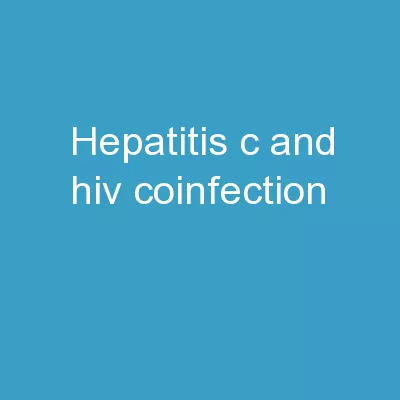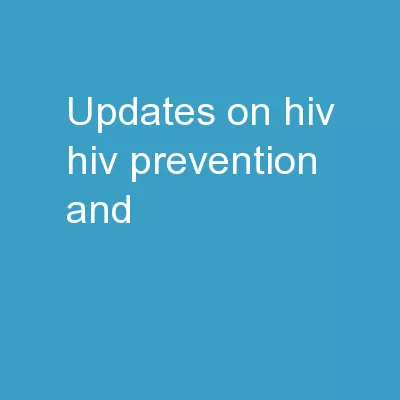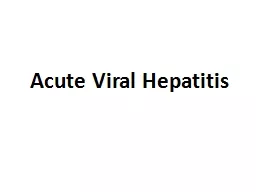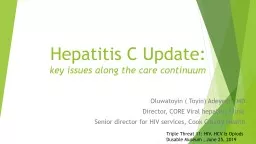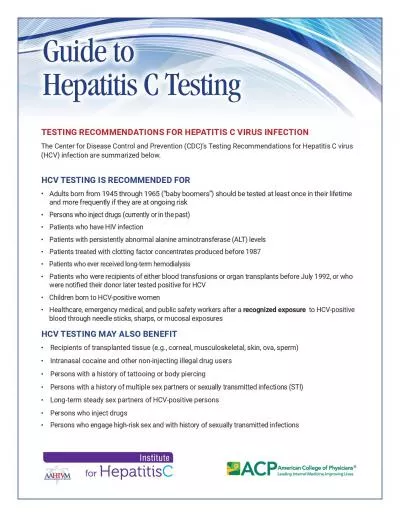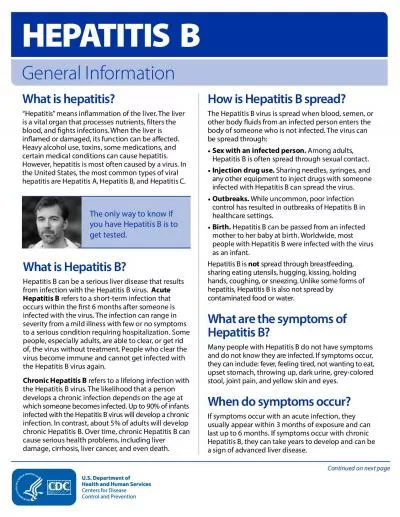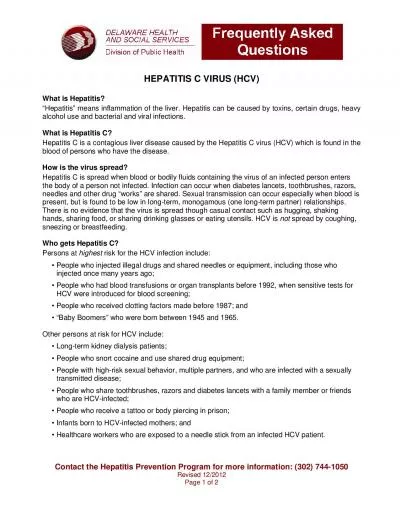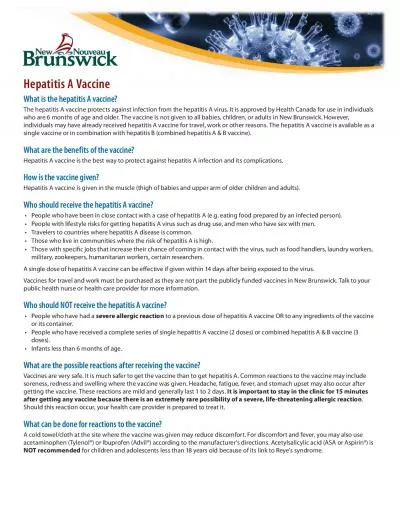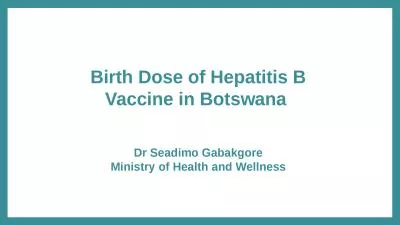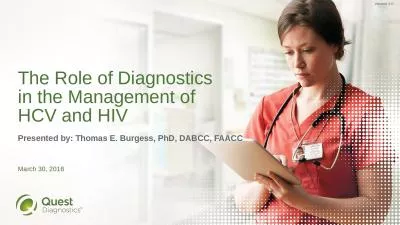PPT-The Effectiveness of: (a) Program A.N.E.W. in Improving Life Quality, and HIV and Hepatitis
Author : aaron | Published Date : 2018-10-29
Rico Rivera MA b Peer Recovery Coaches for Child WelfareInvolved Families with Substance Exposed Newborns and Methamphetamine Using Parents Stephen James MS Rico
Presentation Embed Code
Download Presentation
Download Presentation The PPT/PDF document "The Effectiveness of: (a) Program A.N.E...." is the property of its rightful owner. Permission is granted to download and print the materials on this website for personal, non-commercial use only, and to display it on your personal computer provided you do not modify the materials and that you retain all copyright notices contained in the materials. By downloading content from our website, you accept the terms of this agreement.
The Effectiveness of: (a) Program A.N.E.W. in Improving Life Quality, and HIV and Hepatitis: Transcript
Download Rules Of Document
"The Effectiveness of: (a) Program A.N.E.W. in Improving Life Quality, and HIV and Hepatitis"The content belongs to its owner. You may download and print it for personal use, without modification, and keep all copyright notices. By downloading, you agree to these terms.
Related Documents

